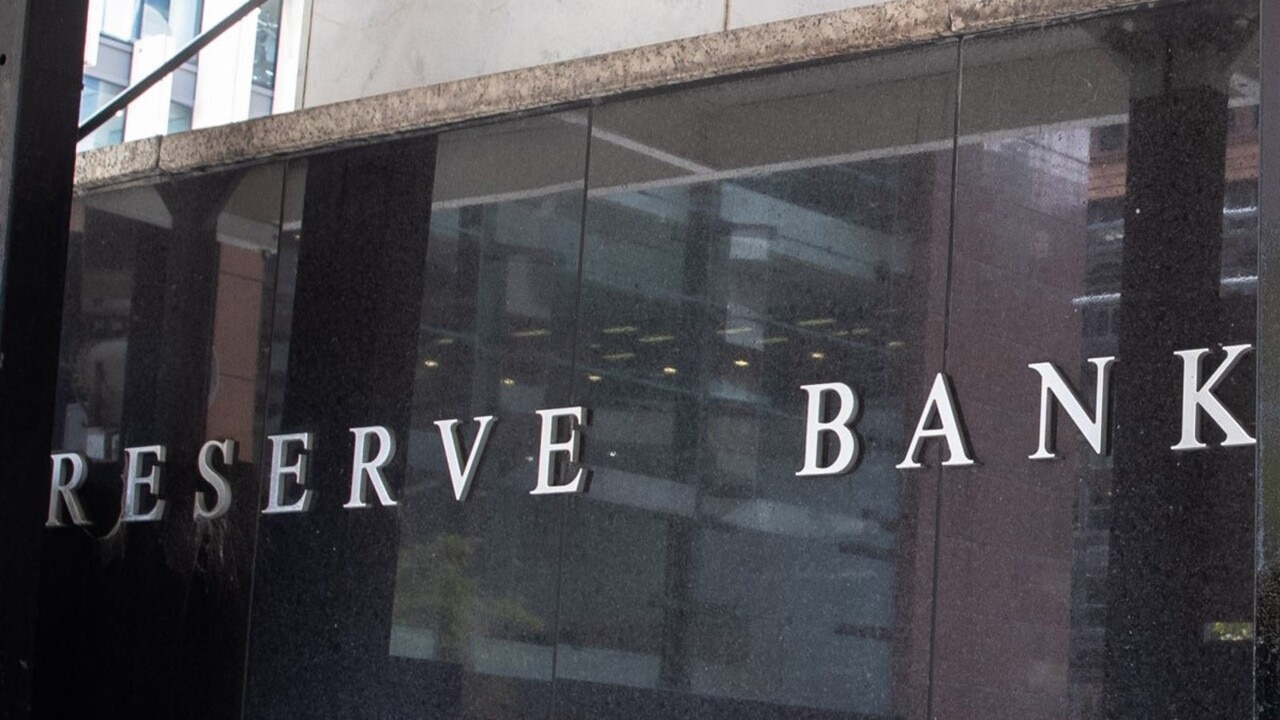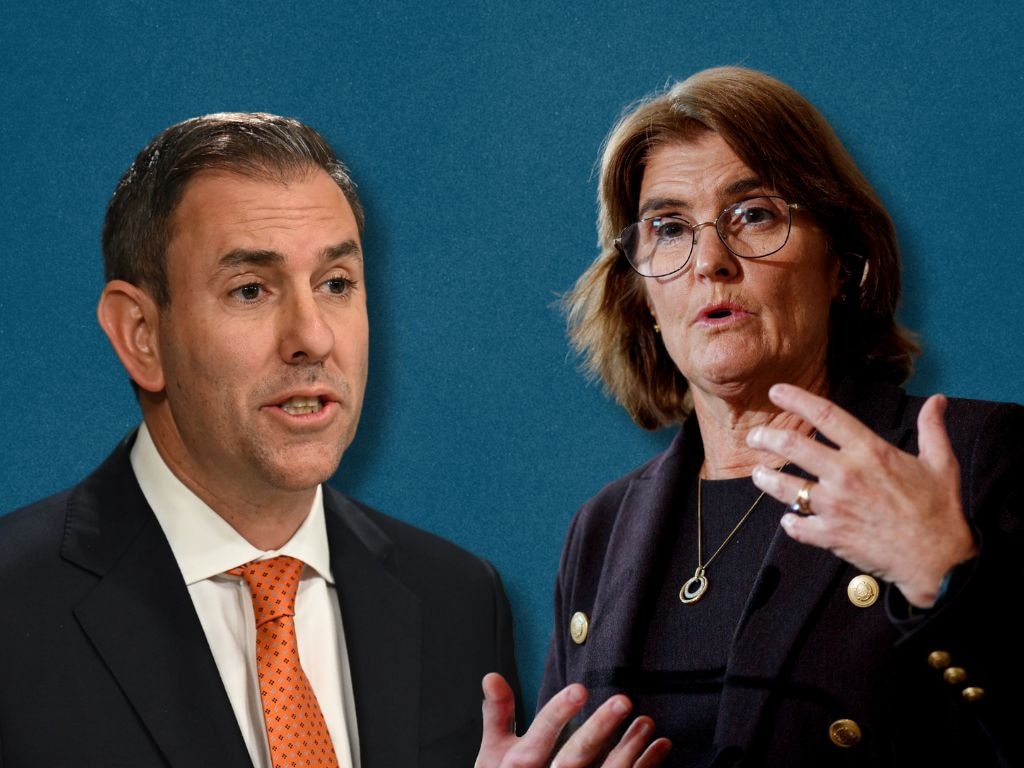RBA will have little appetite for upside surprises on household consumption
Real household disposable income is set to turn sharply positive leaving some economists to say previous views of a consumer recession were too pessimistic.

After hawkish Reserve Bank communications this week it looks like the RBA will be the last of the G10 central banks to cut interest rates albeit from lower levels than most of its peers.
As economists mull inflation risks from tax cuts, cost-of-living assistance and minimum wage increases in Australia next month, RBC Capital Markets says its previous view of a “consumer recession” in Australia looks “overly pessimistic” even as per capita growth has turned negative.
While the consensus for the start of rate cuts by the RBA shifted from November to February in recent weeks after inflation continued to exceed estimates, three of the four major banks are officially still predicting that the first rate cut will come in November.
But with the RBA board dialling up its warning on inflation after considering a rate hike again this month, most economists are at least acknowledging that rate cuts could be delayed until 2025.

At the same time, they are now saying the RBA could decide to hike the cash rate target from 4.35 to 4.6 per cent at its August meeting, if the June quarter inflation data exceed the RBA’s estimate.
The monthly CPI indicator next Wednesday could also test lingering dovish views in the event that it exceeds market expectations of a 3.7 per cent increase for the year to May.
RBC Australia chief economist Su-Lin Ong says that with inflation now much lower than its pandemic-era highs, and income tax cuts and cost-of-living assistance measures starting next month, along with minimum wage increases, real household disposable income is set to turn sharply positive.
While the recent March quarter national accounts confirmed an economy near stall speed in aggregate, household consumption was “moderately firm” amid services and discretionary expenditure, in contrast to the numerous anecdotes of households under considerable pressure.
“While there may have been some one-off leisure and travel spending, the upward revision to the household consumption profile, driven largely by Australians holidaying overseas, added to a stronger picture than previously thought,” Ms Ong said.
“While the Australian consumer has been tepid, with expenditure easing over the course of the last 18 months as annual real household disposable income growth has mostly been negative, the consumer recession we had been highlighting looks overly pessimistic,” she added.
Uncertainty over the household saving and consumption dynamics was highlighted in Tuesday’s post-RBA board statement as well as the governor’s press conference.
RBC’s Ong says the RBA is likely to have “little tolerance for any upside surprise in consumption” in the second half of 2024 “with inflation already elevated and the labour market still tight”.
The stronger household consumption profile was mirrored by a lower household savings rate, which slipped to 0.9 per cent in the March quarter, its lowest since 2007, apart from in late 2023.
The more subdued pace of saving was well below the long-run average of 5 per cent and caused a fall in household’s excess saving versus GDP.
While the buffer, in aggregate, remains, it has slipped from a peak of around 12 per cent of GDP in mid-2022 to 8 per cent in the March quarter.
The relatively sharp decline and outright level of Australia’s household savings rate and excess savings was stronger than comparable countries.
Canadian and UK households were still saving at well above their pre-pandemic average.
Even US consumers weren’t running down excess savings as quickly as in Australia.
Ong says this may reflect weakness in real household disposable income due to “bracket creep” in taxation.
Bracket creep amid multi-decade high inflation has been the biggest drags on real household disposable income over this period, albeit partly offset by higher government expenditure.
It could also reflect a longer post-Covid increase in services consumption after longer and much stricter lockdowns in Australia versus much of the OECD.
Australia’s relatively healthy labour market may also be part of the explanation.
Unemployment rates in Canada and NZ have risen 1.5 percentage points from their lows, while Australia’s unemployment rate has only risen 0.5 per cent.
Australia’s better job security may have encouraged households to run down their savings and keep up their discretionary spending.
Other cost-of-living measures from both the Commonwealth and some states in terms of utility rebates, cuts to public transport fees and vehicle insurance won’t directly impact household income but will reduce the cost of some essential services, freeing up income otherwise deployed.
Further fiscal stimulus aimed at households ahead of the October 26th Queensland election and federal election due by May 2025, with the Prime Minister promising an early 2025–26 budget in March, and a likely period of steady rates into next year should be supportive of the household sector.
RBA governor Michele Bullock in her post-June board meeting press conference alluded to some uncertainty around the consumer outlook as household disposable income strengthens.
But she suggested that some households would likely use any increase to meet rising cost-of-living expenses.
“Even prior to Tuesday’s hawkish post-board meeting statement and press conference, our forecasts for the household savings rate and household consumption supported an RBA on the sidelines for the rest of this year,” said RBC’s Ong.
“RBA communication this week suggests little room for any upside surprises including on the consumer front.”






To join the conversation, please log in. Don't have an account? Register
Join the conversation, you are commenting as Logout